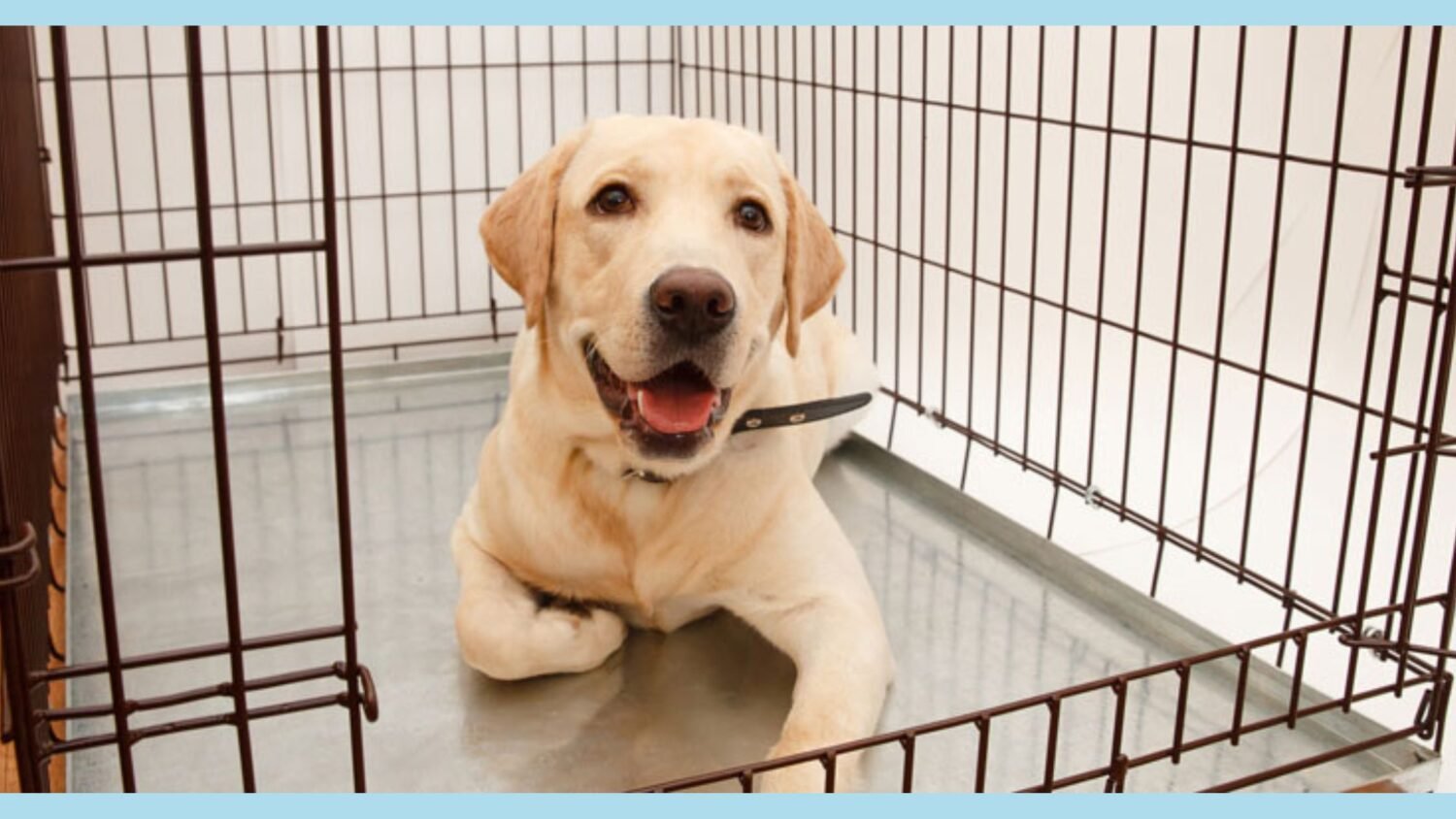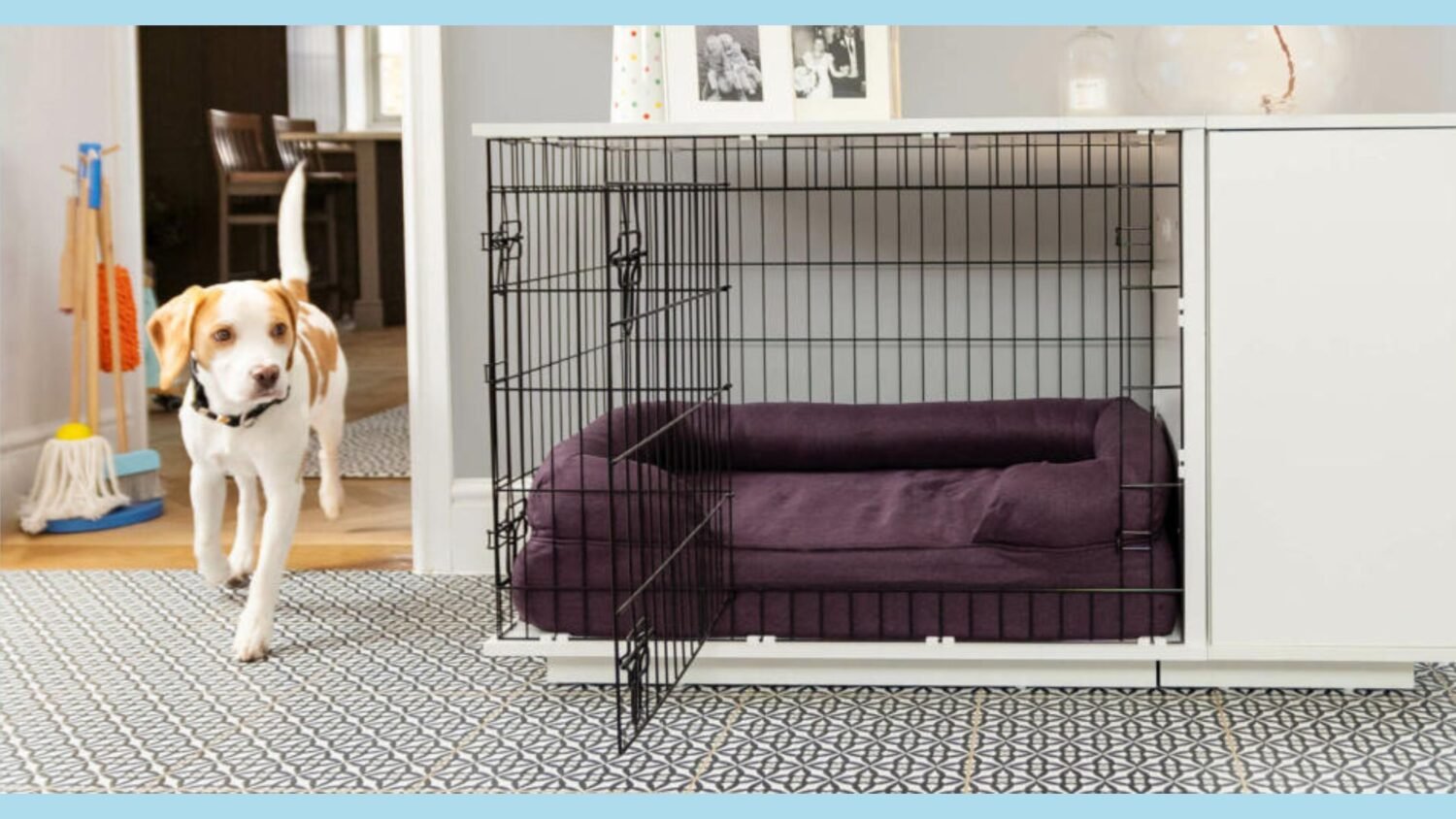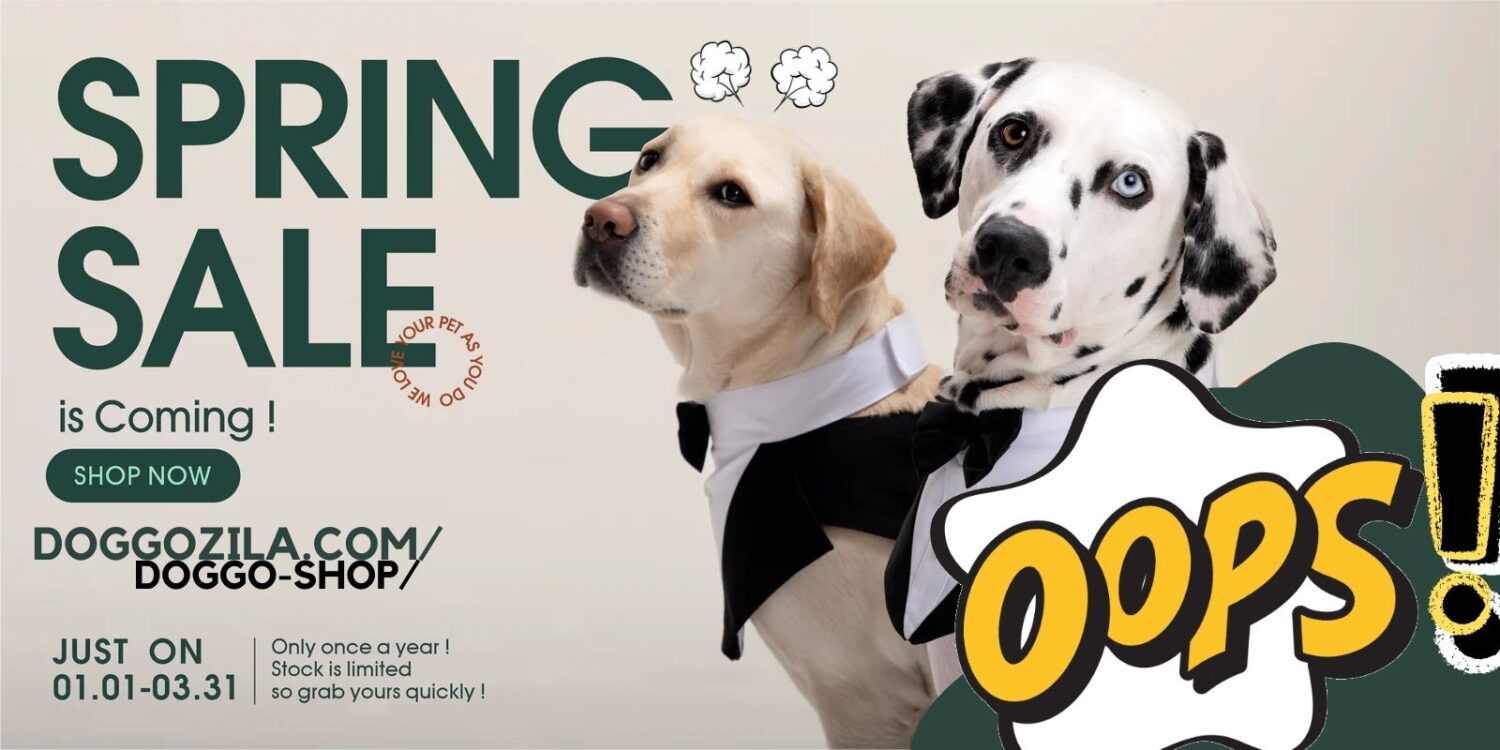
CRATE TRAINING FOR YOUR PUPPY
Welcome to our comprehensive guide on crate training and housebreaking your puppy! If you’re looking for effective methods to teach your puppy where to go to the bathroom and prevent accidents in your home, you’ve come to the right place.
Why Crate Training is Important
Crate training is an essential part of raising a well-behaved and disciplined puppy. It provides a safe and secure space for your puppy while also aiding in the housebreaking process.
Here are a few reasons why crate training is important:
- Security and Comfort: A crate creates a den-like environment for your puppy, offering them a sense of security and comfort.
- Preventing Accidents: When properly crate trained, your puppy will learn to hold their bladder and bowels, reducing the chances of accidents in your home.
- Travel and Vet Visits: Crate training makes it easier to transport your puppy and ensures they feel safe during visits to the veterinarian.
- Managing Destructive Behavior: By confining your puppy to a crate when unsupervised, you can prevent them from engaging in destructive behaviors such as chewing on furniture or household items.

GETTING STARTED WITH CRATE TRAINING
Now that you understand the importance of crate training, let’s dive into the steps to get started:
Choose the Right Crate and Introduce the Crate Positively
When selecting a crate for your puppy, ensure it is the right size. It should be large enough for your puppy to stand, turn around, and lie down comfortably, but not too spacious that they can use one end as a bathroom. Consider a crate with a divider panel that can be adjusted as your puppy grows.
Always try to make the crate a good and welcoming space for your pup. Put soft bedding, toys, and treats inside so they like being there. Toss treats inside and let your pup go in on their own to explore.
Introducing the Crate Slowly with Meals Inside
At first, let your pup spend short times in the crate with the door open. Increase the time little by little while giving them praise and treats for being calm and quiet.
Give your pup their meals inside the crate so they associate it with good things. Start by putting the food near the entrance and move it further in over time.
Using a Command, Closing the Crate Gradually, and Leaving Them Alone
Teach a command like “crate” or “kennel” for when you want your pup to go in. Use a calm, friendly voice and give treats and praise when they obey.
When your pup is okay going in, start closing the door for short times while you’re there. Stay nearby and comfort them if they seem anxious. Slowly increase how long the door is closed.
Once your pup is fine with the door closed, start leaving them alone in the crate for a few minutes. Increase the alone time little by little. This helps prevent separation issues and gives them independence.

TEACHING YOUR PUPPY PROPER POTTY HABITS
Along with crate training, teaching your pup where to go potty is very important.
Here’s how to help your puppy learn proper bathroom habits:
Create a Routine and Praise Good Behavior
Set a regular schedule for meals, potty breaks, playtime, and naps. Puppies do best with a predictable routine, making potty training easier.
Take your pup out frequently, especially after eating, sleeping, or playing. Use a phrase like “go potty” so they associate the command with the action. When they go in the right spot, praise them warmly and give a treat. Positive reinforcement helps them learn where to potty.
Supervise Indoors, Clean Accidents Properly, No Punishment
Watch your puppy closely when inside to prevent accidents. If you can’t supervise, confine them in a small, puppy-safe area or crate. Gradually give more freedom as they learn.
Don’t punish accidents. Instead, focus on praising good behavior and redirecting. Punishment can cause fear and make potty training harder.
If there is an accident, thoroughly clean with an enzymatic pet stain remover. This removes odors that could attract your pup to the same spot.
Training Your Puppy Patiently
Housebreaking your new furry friend takes time and patience. Stay consistent with your training approach and be ready for some setbacks along the way. With time and effort, your puppy will learn where to go potty appropriately.
Crate training and housebreaking are key parts of puppy training. By following the steps in this guide, you create a positive and structured space for your pup. This teaches them where to go potty and prevents accidents in your home. Be patient, consistent, and give lots of praise during the puppy training process.

BRINGING YOUR PUPPY INTO THE FAMILY
You’ve successfully crate trained your puppy, and now it’s time to take their training further. Congrats! The next step is ensuring your puppy becomes part of your family unit. This involves teaching them key skills, socializing them with people and animals, and building a strong bond. In this post, we’ll discuss the next training steps to help your puppy become a well-rounded, cherished family member.
Teaching Basic Commands
A well-behaved family dog starts with basic obedience training. This includes teaching your pup commands like sit, stay, come, and down. These commands make your life easier and help your puppy understand their role in the family by setting boundaries.
Training your puppy well takes work. You need to be consistent. Use treats, praise, and rewards to get your puppy to follow commands. Start with short training sessions. Then, make them longer as your puppy gets better at listening. Be patient as puppies learn at their own pace.
Puppy Leash Training
It’s important to teach your puppy to walk on a leash. This keeps them safe and lets you take them places. Start by letting your puppy sniff and get used to the leash and collar. Don’t attach the leash until they’re comfortable with it.
Walk your puppy in a quiet, familiar area at first. Use words like “heel” or “let’s go” to get them to walk beside you. Give them a treat when they do. Don’t pull or yank the leash. Stay calm and consistent. It may take time for your puppy to get used to being on a leash.
Puppy Socialization
Socializing your puppy is key. It helps them become friendly and well-behaved. Expose them to lots of people, animals, and new environments early on. This builds their confidence and teaches good behavior. It also prevents fear and aggression later.
Set up playdates with other vaccinated, friendly dogs. Let your puppy meet all kinds of people, including kids and strangers. Show them different sights, sounds, and experiences. Start small and gradually increase as your puppy gets more comfortable and confident.
It’s crucial to keep your puppy safe during socialization time. Closely monitor interactions, and praise appropriate behavior. If your puppy feels scared or uncomfortable, remove them from the situation. Speak with a professional trainer or behaviorist for advice.
Advanced Puppy Training
Once your puppy learns basic obedience and leash walking, consider more complex commands and tricks. These engage their mind and strengthen your bond.
Teach commands like “leave it,” “drop it,” “wait,” and “go to your mat.” These prevent unwanted actions like chewing, begging, or dashing out doors. Keep training fun, brief, and rewarding.

Building a Close Bond
Developing a strong bond ensures your puppy integrates well into your family. Bond through play, exercise, and cuddling. Engage in activities your puppy enjoys like fetch, hide-and-seek, or puzzle toys.
Be consistent, patient, and use positive reinforcement to strengthen your bond. Avoid punishment-based training, which damages trust. Instead, reward good behavior and provide clear, consistent guidance.
Keep Learning and Exploring
Training your puppy is a continuous process. Learning should happen its entire life. Join your puppy in obedience classes. You can also hire a professional trainer for advanced training and guidance. This provides mental stimulation for your puppy. It also helps you learn the latest training methods.
Give your puppy opportunities for mental and physical activities. You can use puzzle toys, interactive feeders, scent games, and regular exercise. A stimulated puppy is a happy and well-behaved puppy.
Puppy Crate Training Summary
By following these steps, your puppy can become part of your family. Basic obedience training, leash training, socialization, advanced training, bonding, and continued learning are important. Be patient and consistent. Always prioritize your puppy’s well-being and happiness. With time and effort, your puppy will become a loving and well-behaved family member.




